One of the 5 Mother Sauces in Culinary Cooking
Brown sauce, also known as Espagnole sauce, is a classic French sauce made from browned vegetables, beef broth, and red wine. It is one of the “mother sauces” of French cuisine, a group of basic sauces that are used as the foundation for several other sauces and dishes.
How to Make Brown Sauce or Espagnole Sauce
To make Espagnole sauce, the first step is to make a roux, a mixture of equal parts flour and fat. Next, the roux thickens the sauce and gives it a smooth, velvety texture.
The vegetables typically used in Espagnole sauce include carrots, onions, and celery, diced and then browned in butter or oil. Once the vegetables are browned, beef broth and red wine are added to the pot, along with a bouquet garni, a bundle of herbs that includes bay leaves, thyme, and parsley.
The sauce is then simmered for several hours until it has reduced and thickened to the desired consistency.
One of the key differences between Espagnole sauce and other brown sauces is the level of complexity in its flavor profile. While many brown sauces are made with a relatively simple blend of ingredients, Espagnole sauce is made with a much more complex combination of flavors.
The vegetables, beef broth, and red wine all contribute to the depth and richness of the sauce, and the bouquet garni adds a subtle herbiness.
Used As A Base For Other Sauces
In terms of its uses, Espagnole sauce is often used as a base for other sauces and dishes. It can be used to make several classic French dishes, including beef bourguignon and coq au vin, and can also be used as a base for soups and stews. It is also sometimes used as a topping for grilled or roasted meats or a condiment for sandwiches.
While brown sauce can be time-consuming to make, it is well worth the effort for its rich, complex flavor. It is an essential component of French cuisine and is used in many classic dishes that have become beloved worldwide.
Variations
There are a few variations on the traditional recipe for brown sauce, each with its own unique twist on the classic flavor profile. For example, some versions may include other vegetables or spices, such as bell peppers or paprika, while others may use a different type of broth or wine to give the sauce a different flavor.
Nutritional Value
Regarding its nutritional value, Espagnole sauce is relatively high in calories and fat due to the presence of butter or oil in the roux and the use of beef broth. It is also relatively high in sodium due to the use of broth and red wine. Therefore, as with any sauce, it should be consumed in moderation as part of a balanced diet.
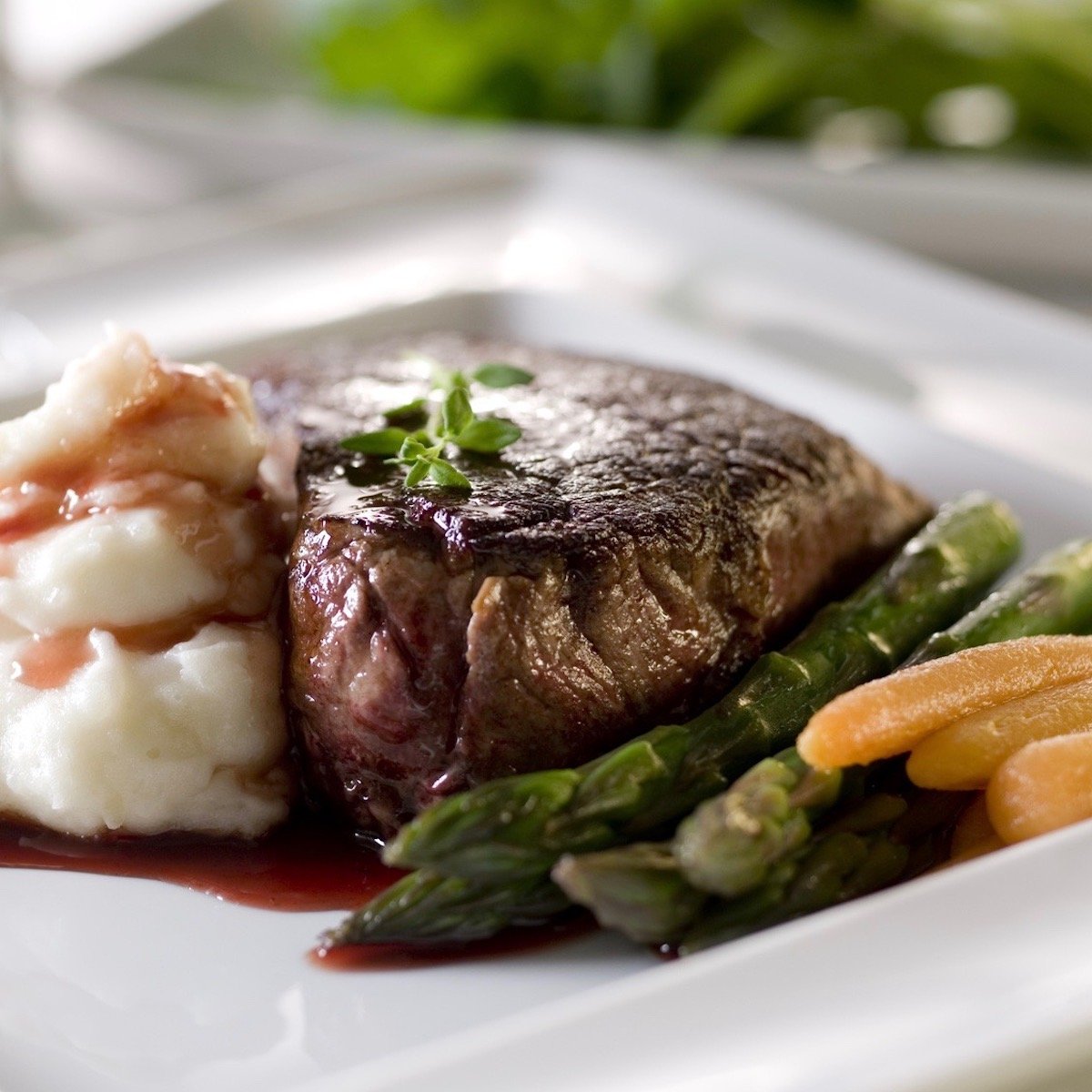
Origin of Brown Sauce
The origins of brown sauce can be traced back to the early 19th century when French chef Marie-Antoine Carême first developed it. Although, Carême is credited with codifying the concept of the “mother sauces,” Espagnole sauce was one of the five sauces he included in his classification.
Carême’s original recipe for a brown sauce called for a base of browned vegetables, beef broth, and red wine, which were simmered together to create a thick, rich sauce.
The vegetables typically used in brown sauce included carrots, onions, and celery. In addition, the sauce was often flavored with a bouquet garni, a bundle of herbs that includes bay leaves, thyme, and parsley.
Over the years, Espagnole sauce has undergone several variations and adaptations, with different chefs and cooks adding their own twists to the classic recipe. For example, some versions of the sauce may include other vegetables or spices, such as bell peppers or paprika, while others may use a different type of broth or wine to give the sauce a different flavor.
Despite these variations, this sauce’s basic principles have remained unchanged, and it remains a beloved and essential component of French cuisine to this day.
In addition to its use in French cuisine, Espagnole sauce has also gained popularity in other parts of the world and is now enjoyed by foodies and chefs around the globe. It is a versatile sauce that can be used as a base for a number of dishes and is known for its rich, complex flavor. So, it has become a classic sauce in the culinary world.
How Did Espagnole Sauce Get Its Name?
The name “Espagnole” is French for “Spanish,” and it is thought that the sauce may have been named as such due to the inclusion of red wine in the recipe. Red wine was often associated with Spain in the 19th century, and it is possible that the name was chosen to reflect this association.
Another theory is that the name “Espagnole” may have been chosen to reflect the popularity of Spanish-influenced dishes in French cuisine at the time. However, Spain and France had a long history of cultural exchange, and it is possible that the name was chosen to reflect the influence of Spanish cuisine on French cooking.
Why Is Espagnole Sauce Called Brown Sauce?
Espagnole sauce is called brown sauce because it is made with a base of browned vegetables. The vegetables typically used in Espagnole sauce include carrots, onions, and celery, which are diced and then browned in butter or oil. The browning process gives the vegetables a deep, caramelized flavor and a rich, golden color reflected in the final sauce.
In addition to the browned vegetables, brown sauce is also made with beef broth and red wine, which contribute to its rich, complex flavor. The sauce is simmered until it has reduced and thickened to the desired consistency, resulting in a thick, savory sauce with a deep, brown color.
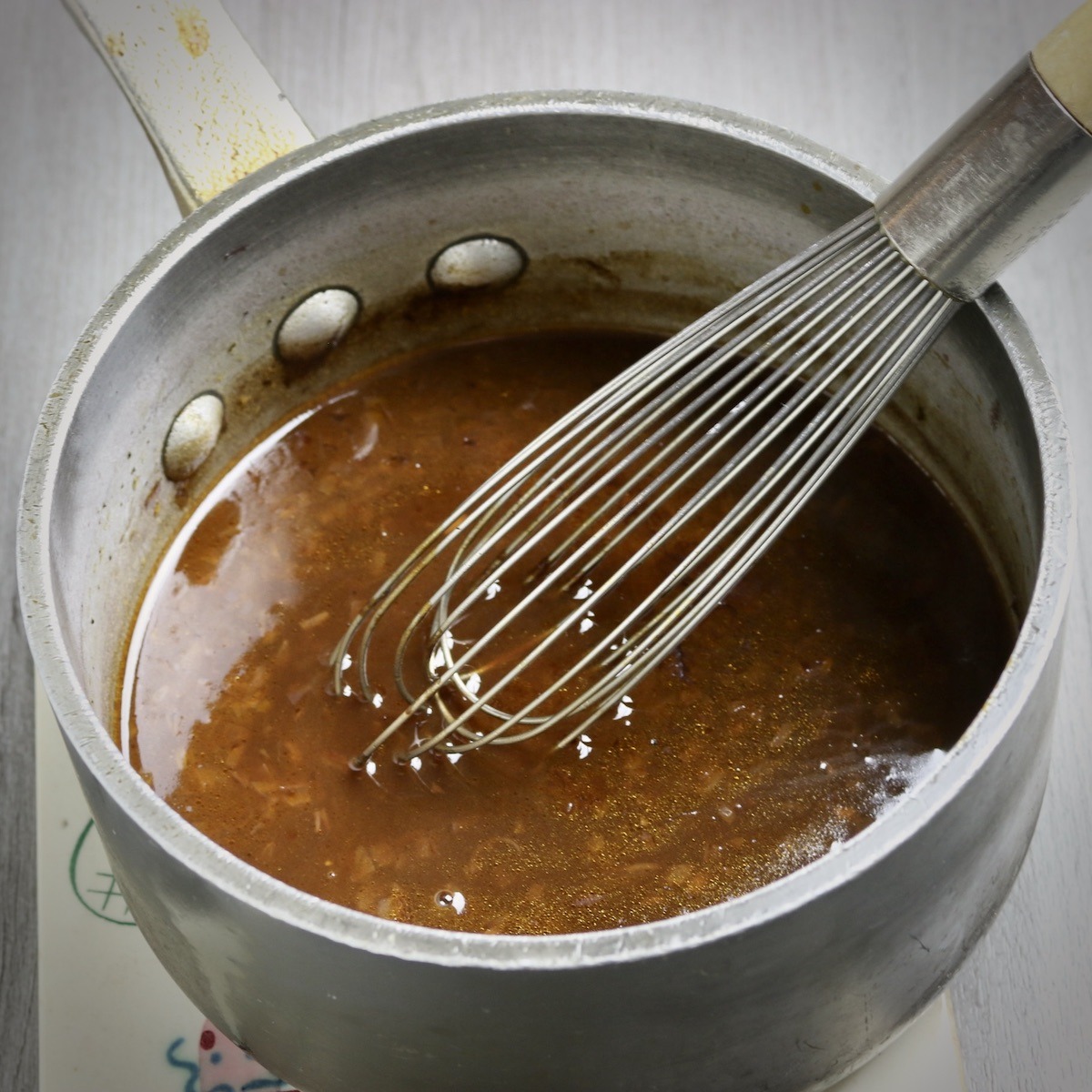
Beef Stock + Brown Sauce = Demi-Glace
Demi-glace is a rich, flavorful sauce that is made by reducing a mixture of beef stock and brown sauce until it is thick and concentrated. It is an essential component of French cuisine and is used as a base for many other sauces and dishes.
To make demi-glace, the first step is to make a brown sauce (Espagnole sauce), a classic French sauce made from a base of browned vegetables, beef broth, and red wine.
The brown sauce is then simmered until it has reduced and thickened to the desired consistency. Once the brown sauce has been made, it is combined with an equal amount of beef stock and simmered again until it has been reduced by half.
This process creates a thick, rich sauce with a deep, complex flavor that is perfect for use as a base for other sauces and dishes.
Demi-glace is an essential component of French cuisine and is used in several classic dishes, including beef Wellington. It is also sometimes used as a topping for grilled or roasted meats or a condiment for sandwiches.
Check out the recipes and procedures for making stock, brown sauce, and demi-glace.

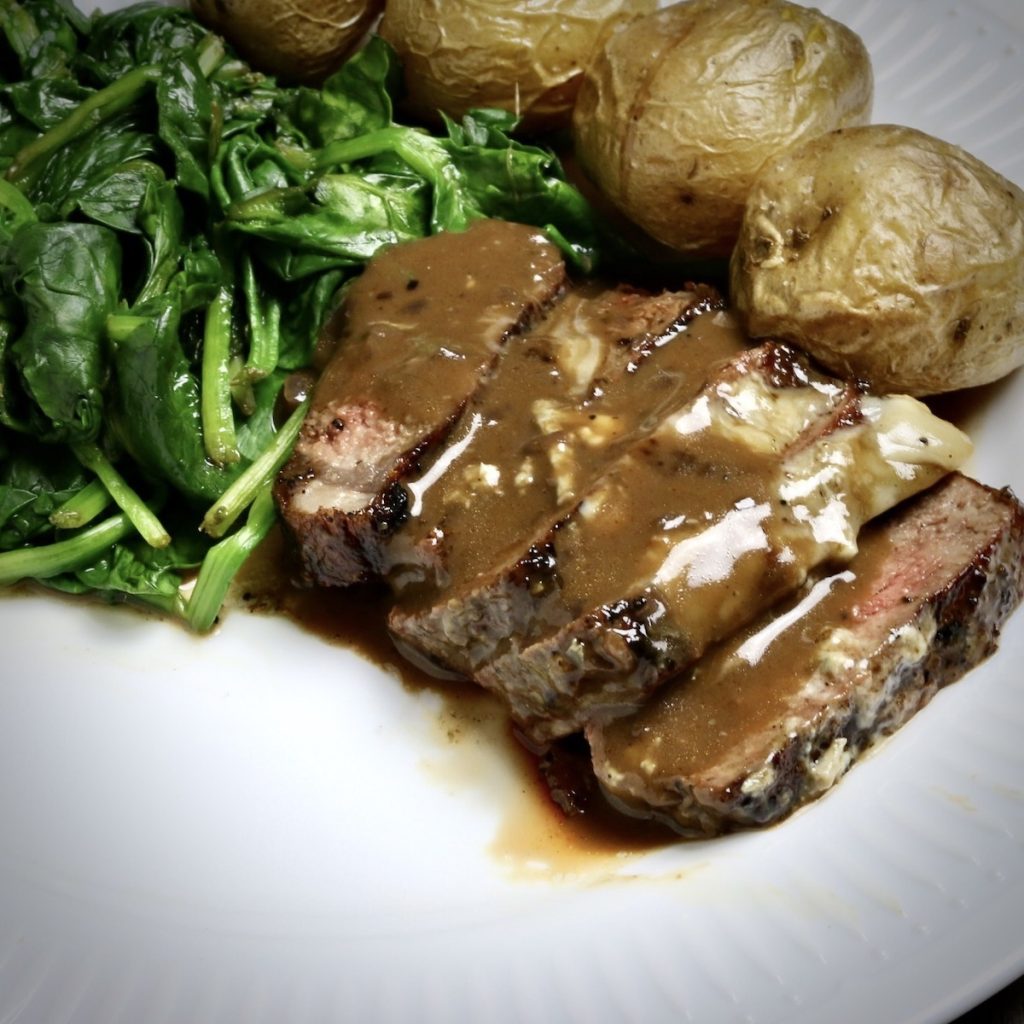
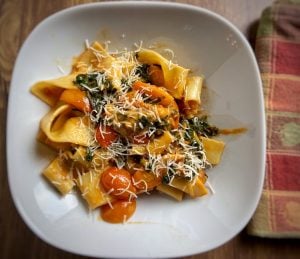
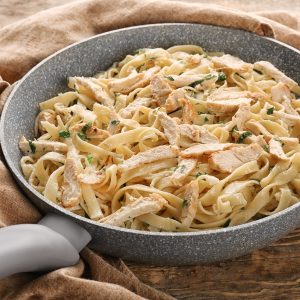




4 Responses
Hello! I just would like to give a huge thumbs up for the great info you have here on this post. I will be coming back to your blog for more soon.
Thanks Tess – RG
Lots of great information, thanks for sharing! Playing Devil’s advocate, however… Escoffier’s demi-glace isn’t made from Espagnole or brown sauce. It’s simply a highly concentrated stock reduction. Demi-glace made from brown sauce is a modern interpretation. Sorry, I hate to be “that guy” but I think it’s important for those of us who still respectfully follow Le Guide Culinaire to differentiate between classic and modern techniques. 🙂
I’m an idiot and I know it… I was thinking “glace de viande” instead of demi-glace. Yes, Escoffier’s demi-glace is brown stock and Espagnole. But of course, you already knew that. I realized my error as I hit the “submit” button but by then it was too late! Please forgive my mistake and carry on!
Thank you for this great detailed knowledge. I am from India, doing my Graduation in Hospitality Management from Institute of Hotel Management, Mumbai. I want to be the World’s Best Food Critic and I will some day. I might meet you one day or the other. I think you can be a good inspiration for me and I can suck a lot of knowledge from you. 🙂